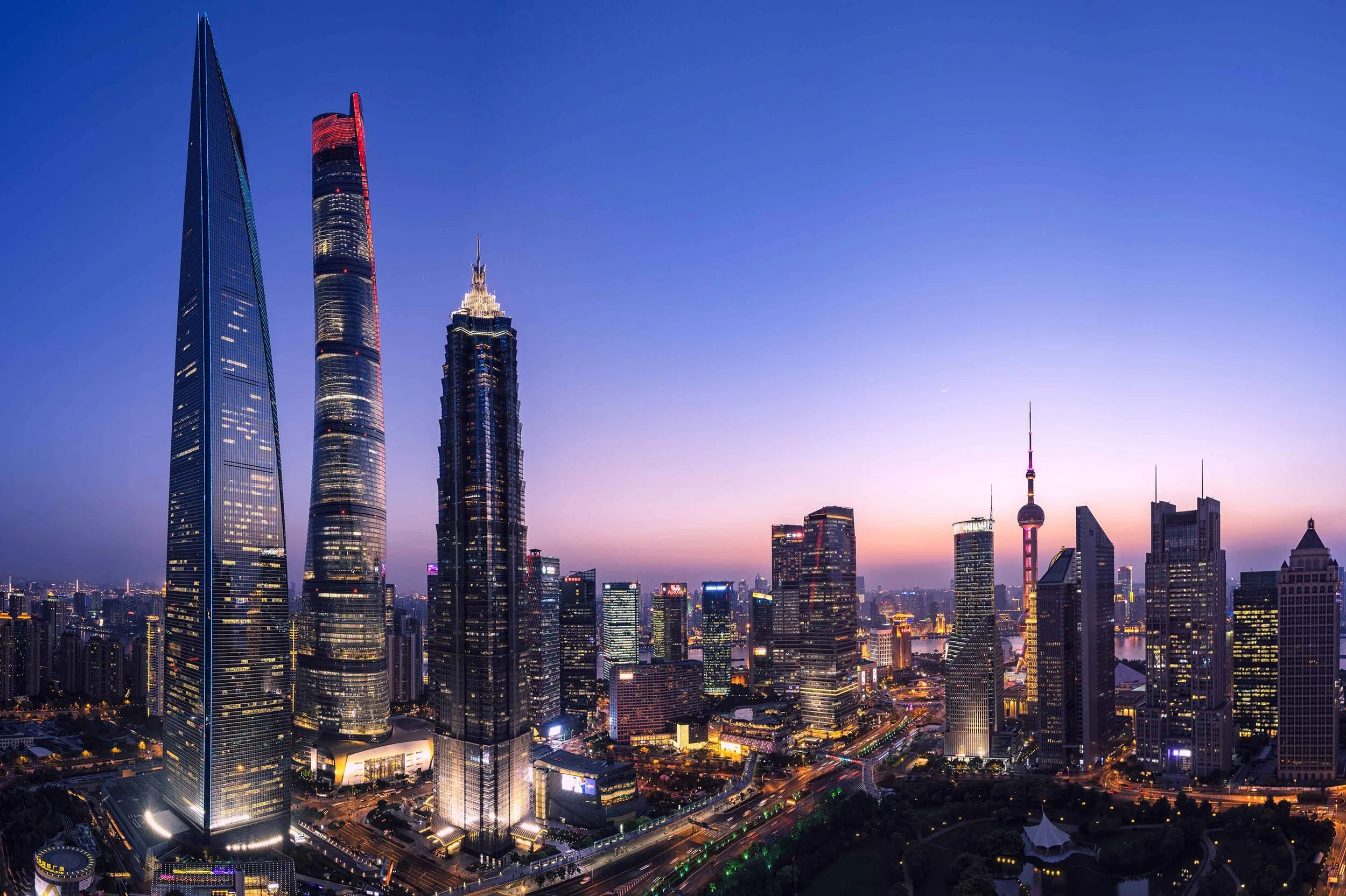Analyzing China’s Economic Growth Since the Onset of the Pandemic
Hasan Abbasi ‘24
While the coronavirus-induced pandemic shattered almost every major economy in 2020, China emerged from the pandemic stronger than ever as evidenced by a remarkable 2.3% growth in GDP from the previous year. An addition of 11.86 million jobs, increased exports, and growing investing activity have all contributed to China being the only major economy that grew during the pandemic.
The Chinese Government quickly responded to a surge in coronavirus cases by shutting down Hubei Province and by placing strict restrictions on other parts of the country. These measures allowed for the Chinese economy to reopen by the end of Spring of 2020, giving China a head start compared to the majority of global economies that had only begun to witness the effects of the pandemic in late Spring. Combined with large leveraged investments in the construction and manufacturing industries and simultaneous reductions in interest rates and the reserve ratio, the Chinese Government sought to utilize fiscal and monetary policies to accelerate its recovery. Increased industrial production allowed Chinese exports to grow every month from June of 2020, resulting in the Yuan gaining 7% against the Dollar further consolidating China’s status as the world’s leading exporter.
Although China has reported impressive growth statistics for 2020, much of the growth has been uneven. While industrial production, construction, and real-estate investments experienced record growth, consumer price inflation has remained lower than expected throughout the pandemic. Additionally, real wages have been stagnant indicating that many Chinese workers are not better off in spite of record-breaking growth statistics. Hence, it is apparent that the lower and middle classes have not significantly benefited from this economic growth.
Going into the future, China looks to ease its fiscal policy measures in order to prevent bubbles from bursting in the numerous debt-fueled industries it is invested in and to prevent its national debt from escalating. It will likely continue its monetary policy of keeping low interest rates to incentivize private investment in the coming years. A major impediment that China faces is its promise to freeze growth in emissions from burning coal, oil, and gas by 2030. Much of China’s recent economic growth can be attributed to China’s reliance on coal power which has powered its rise in industrial production. If China keeps its promise, it will need to find cleaner, yet costlier, sources of energy which might hinder growth.
As the world moves on from the coronavirus-induced pandemic, it will be fascinating to see how the world’s largest economy adapts to evolving global trends in its quest to consolidate itself and dominate the global economy.
Sources:
https://www.bbc.com/news/business-56768663
https://www.ft.com/content/e45496ec-82ff-4586-a062-20124739fcc1



